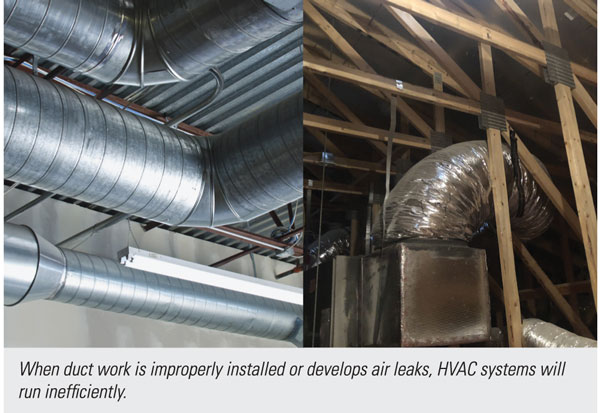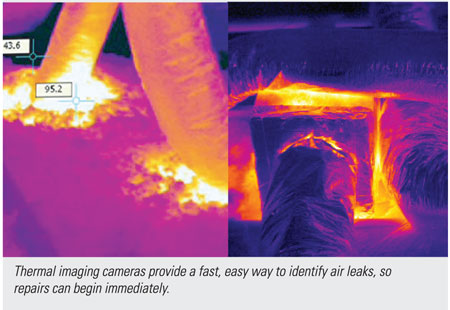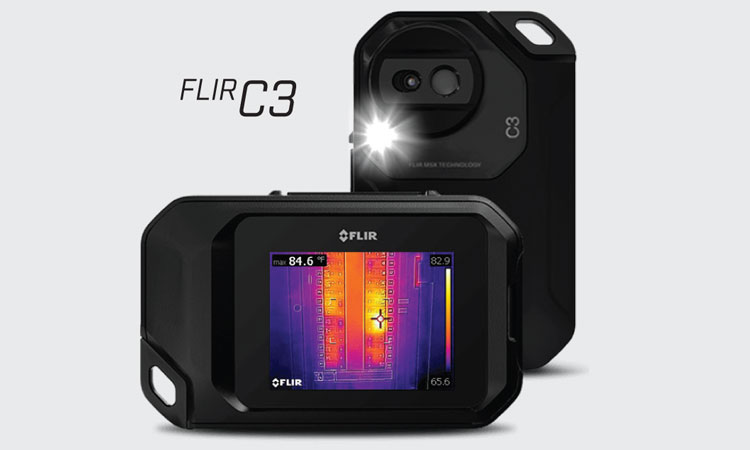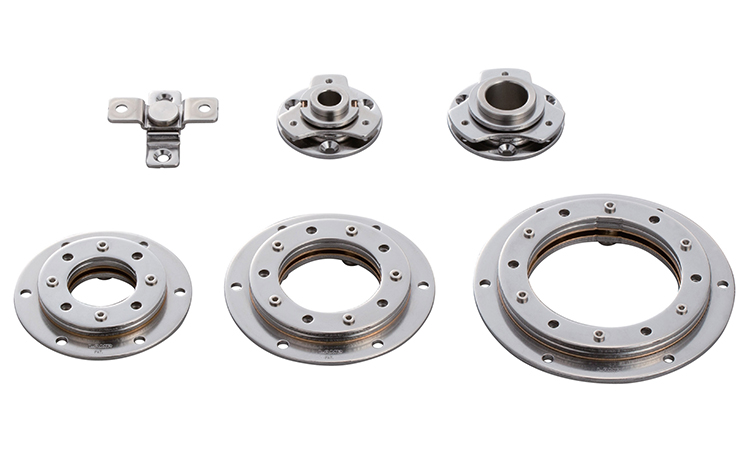The Challenge
Sudden surges in electricity use can indicate a problem or series of failures within a building’s HVAC system. A common source of energy loss is with leaks in the HVAC ductwork.This could mean energy bills up to 30% or 40% higher than running a system without leaks. Heating and Cooling professionals are tasked with diagnosing what the problem could be. This can be time consuming, since the traditional method would require inspecting each system element individually. Not to mention that some ductwork can be located in very hard to reach areas.

Highlighted Solution
It is more efficient to use a thermal camera to scan for potential problem spots first. With a thermal camera, you can detect hot spots and cold spots, for example, using a FLIR C3, a pocket-sized thermal camera, on ducts and vents could reveal spot leaks at joints. It could also help an HVAC professional determine that the HVAC inefficiency is from insulation loss. In addition to scanning the ductwork system, a thermal camera can be used to inspect the condenser unit to see if a coil is plugged and identify exactly where on the coil the blockage is occurring. It is also ideal to detect if there are mold conditions, troubleshoot airflow problems, and better predict mechanical failure. The FLIR C3 includes a professional reporting software, FLIRTools and is Wi-Fi enabled. It is an affordable addition that will no doubt pay for itself after the first successfu I job.
The Results
 A thermal imaging camera can help you quickly and efficiently scan the complete ductwork for leaks and disconnections. Thermal imaging can detect small leaks and areas where duct insulation has broken down causing hot/cold air to escape. What would have taken a whole day of crawling in hot attics and tight crawl spaces or inspecting a large system can be accomplished in a fraction of the time. Once detected, the leaks can be fixed so the HVAC system runs efficiently again. In the end, thermal imaging helps HVAC professionals solve problems faster and save customers money.
A thermal imaging camera can help you quickly and efficiently scan the complete ductwork for leaks and disconnections. Thermal imaging can detect small leaks and areas where duct insulation has broken down causing hot/cold air to escape. What would have taken a whole day of crawling in hot attics and tight crawl spaces or inspecting a large system can be accomplished in a fraction of the time. Once detected, the leaks can be fixed so the HVAC system runs efficiently again. In the end, thermal imaging helps HVAC professionals solve problems faster and save customers money.
Visit: www.flir.in/instruments/building-diagnostics/building-inspection | www.teledyneflir.in











